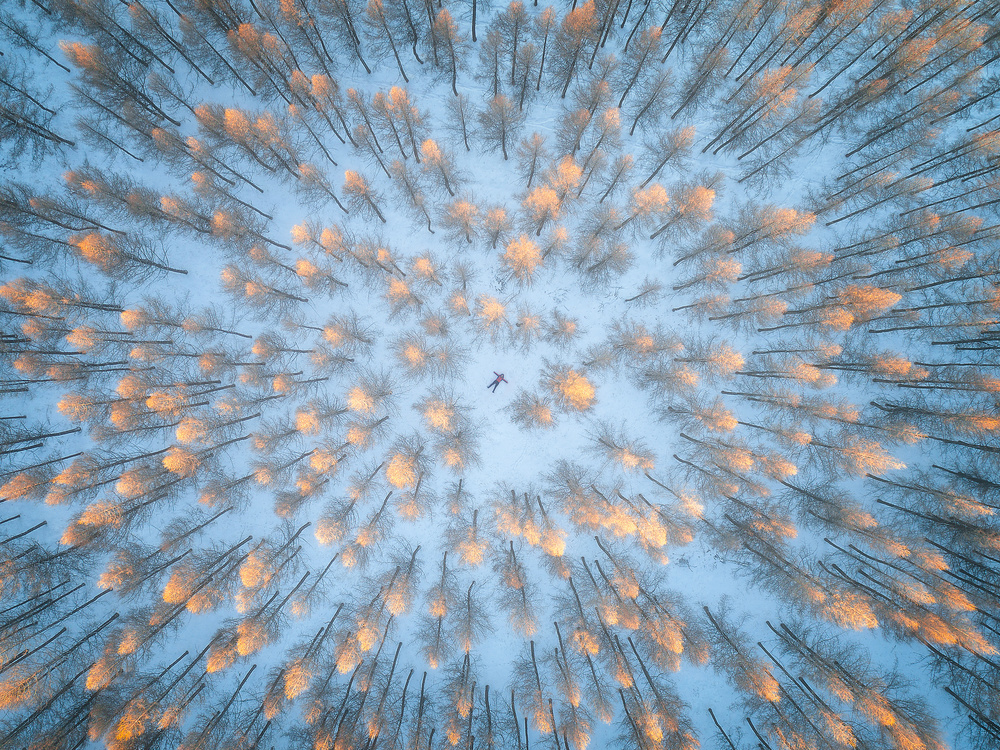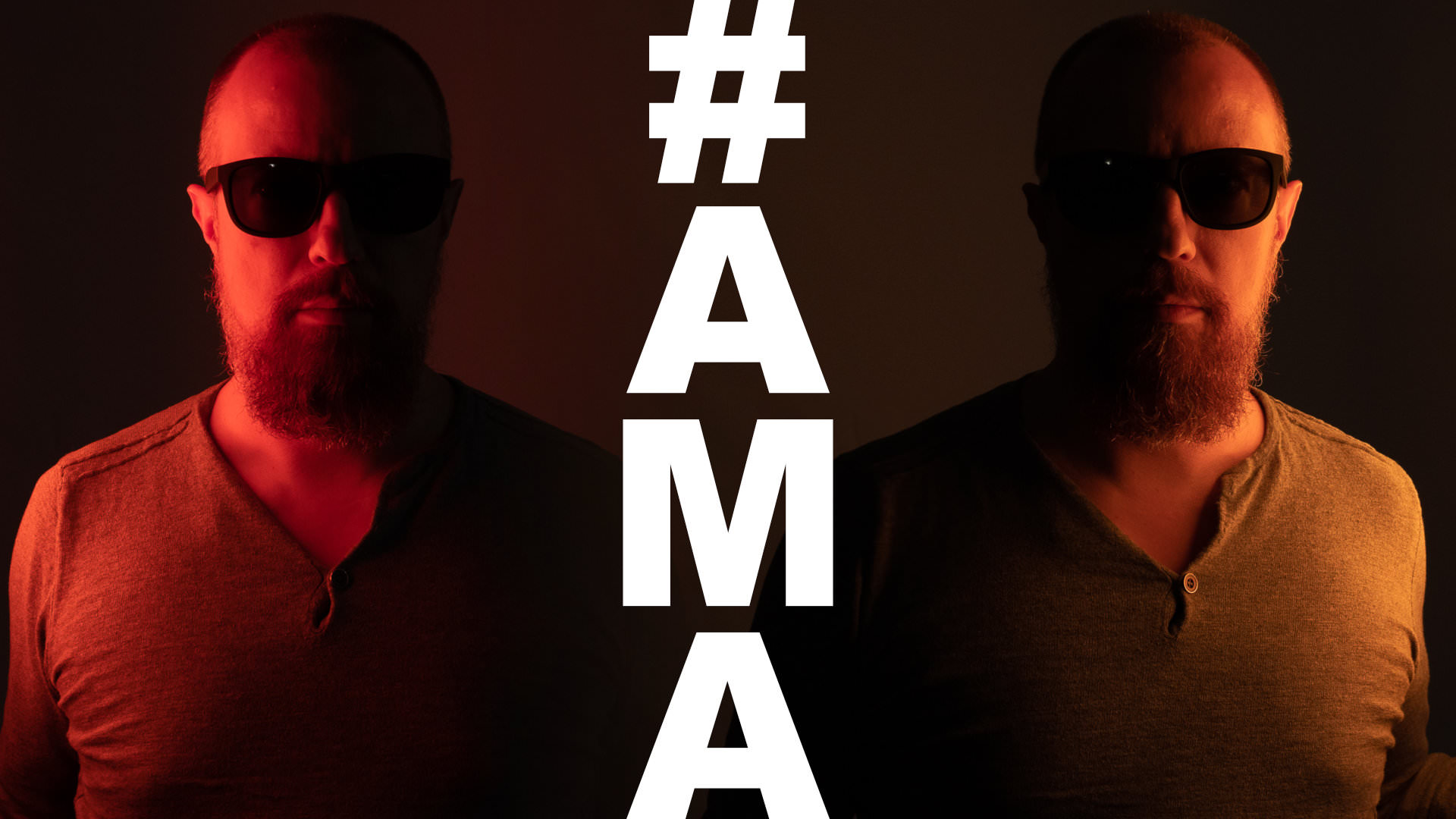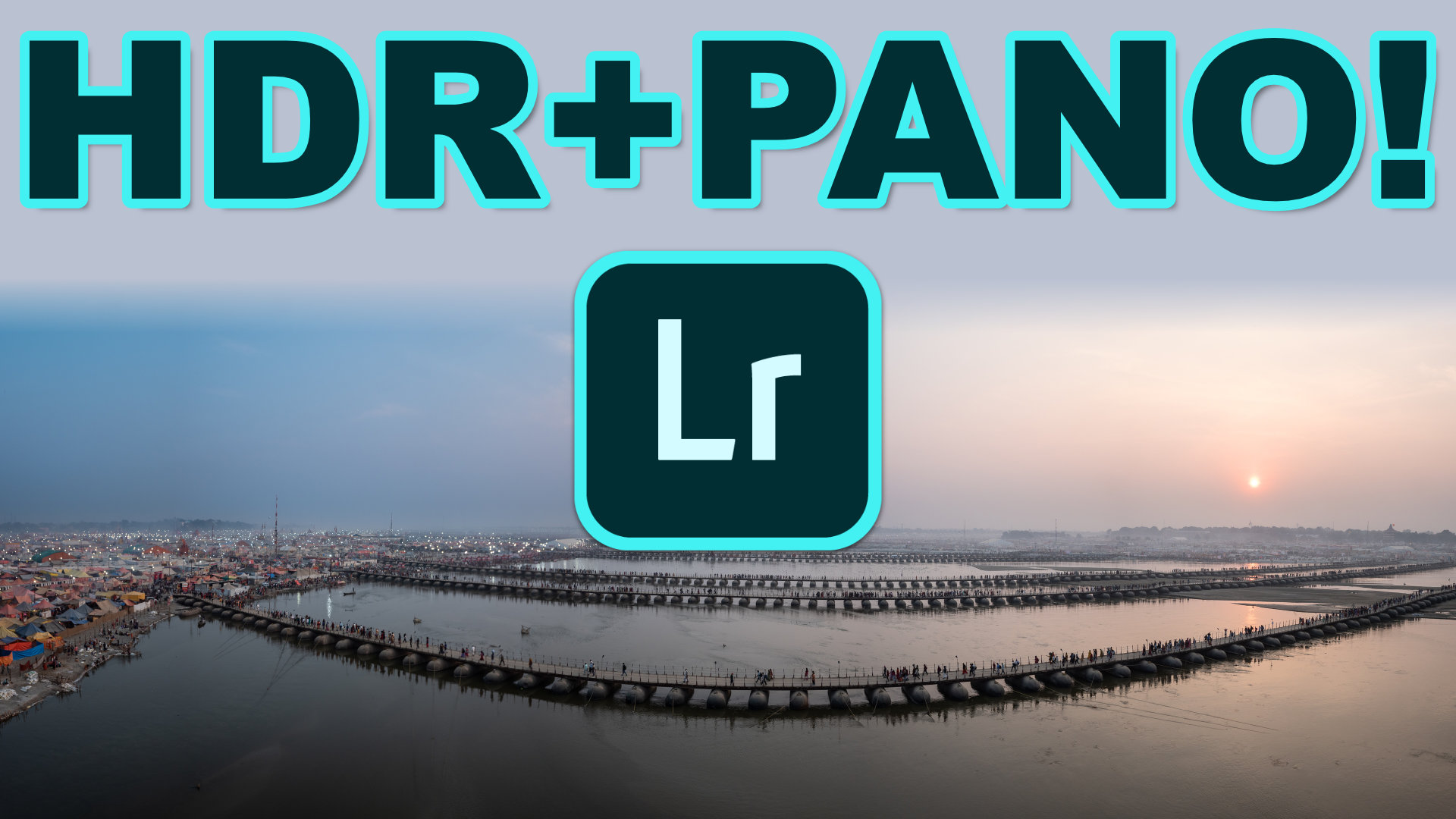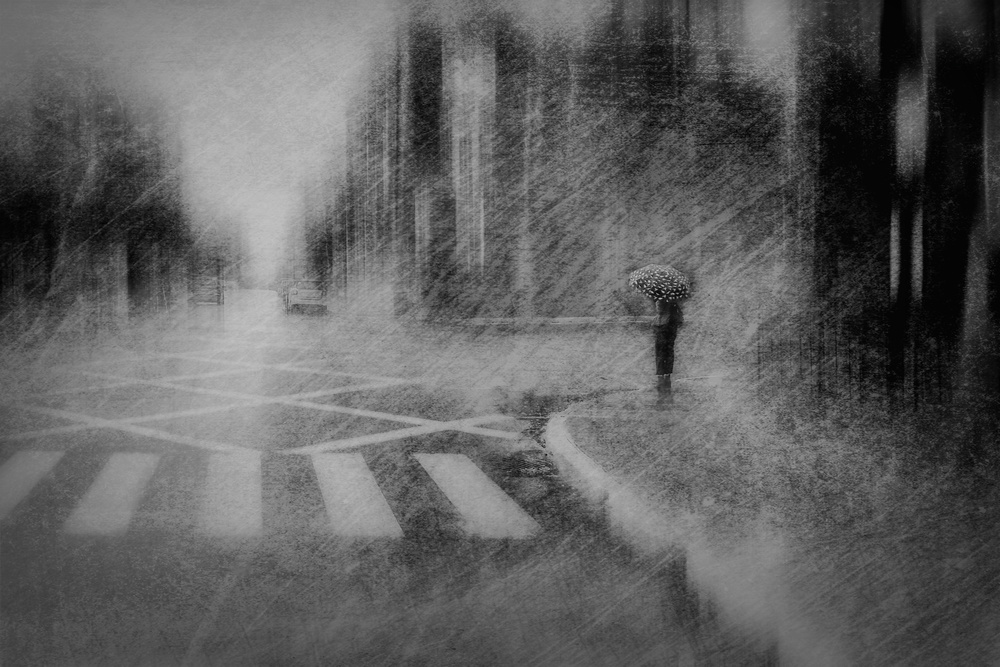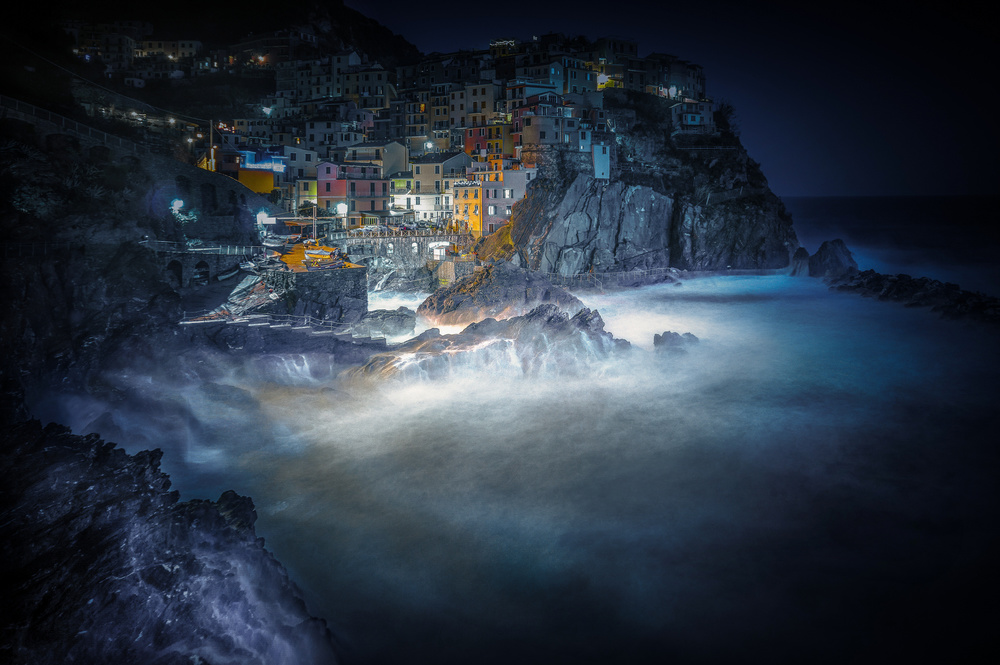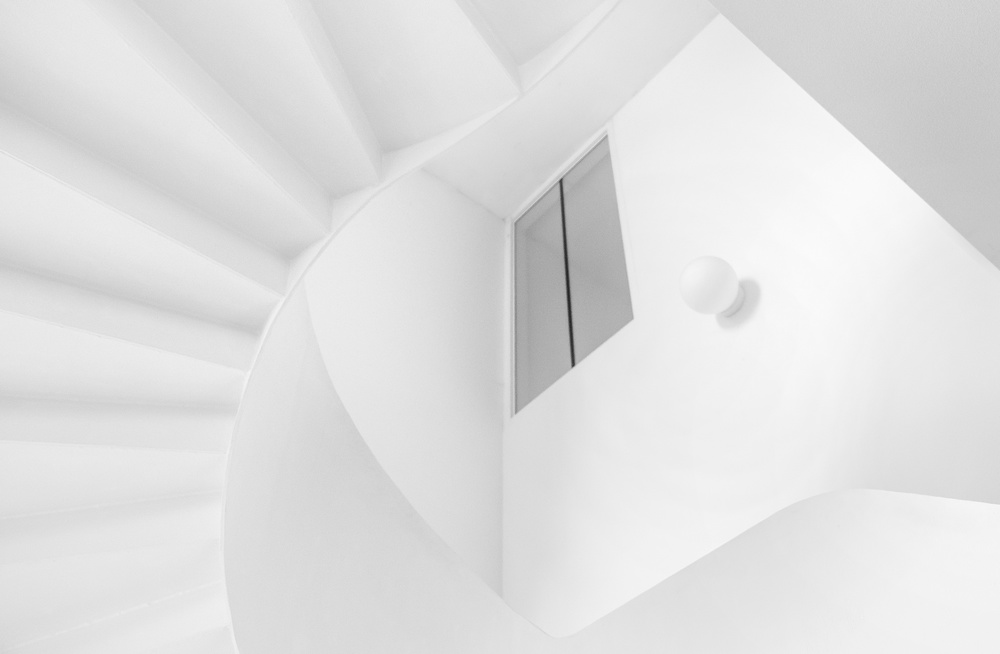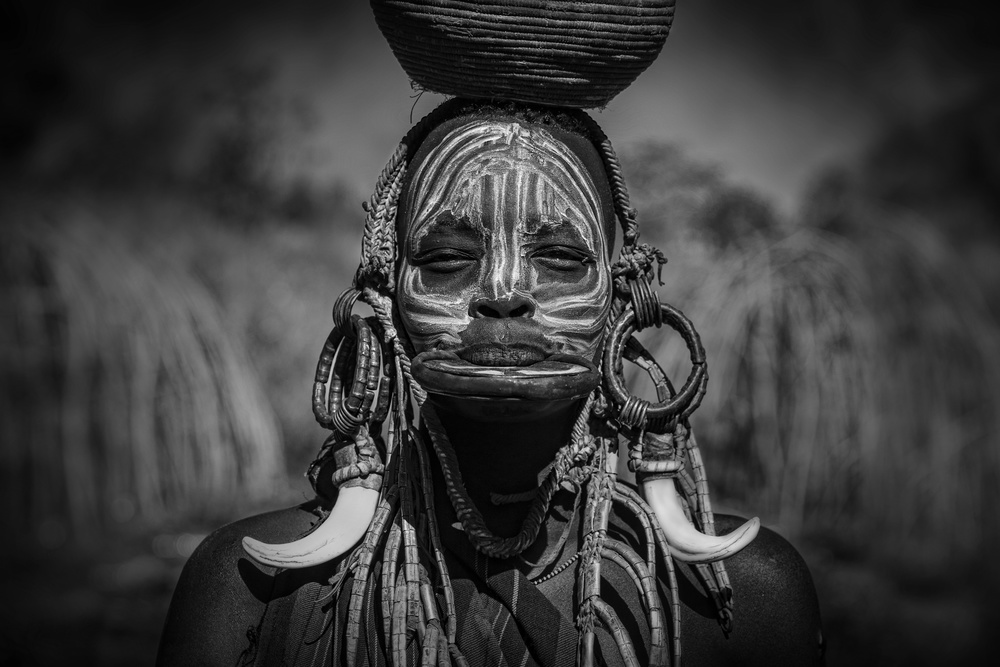Tips & Tricks

Succesful Aquarium Photography
1x Blog-Tips & Tricksby Editor David Williams
In my last article I shared my top tips for successful Zoo Photography. You can read the article here.
In this one, I am going to share my top tips for successful Aquarium photography.
I decided to write about aquarium photography because not many of us can afford all the gear that is needed, the actual diving license needed, the travelling that you would need to do and probably a lot more things. This shouldn’t stop us being able to take beautiful photos of underwater life. Don’t get me wrong, underwater photography is almost magical. I had the pleasure of trying it once and it was like nothing I have ever done before. I have full respect for anyone that does underwater photography. I believe my favourite underwater photographer is Barathieu Gabriel.
So now let’s talk about what makes a great aquarium photo!
People!
Yes, that’s right, putting people in the scene adds something quite special to the photo. Usually a silhouette. Here are some awesome photos as example:
Low key
Interesting
Aquarium photography has a lot more problems to deal with than the Zoo. Let’s explore these and I will share with you my top tips.
1. Glass & rounded glass
Aquarium “glass” nowadays is acrylic and very thick. The thickness of the acrylic can cause all kinds of problems. Also, it will usually have scratches and a green tinge. To get around this I use a lens with the shallow depth of field (f1.8 / f2.8) this helps the glass “disappear” as well as letting in the most available light. Also you can fix the chromatic aberration in LR with a click of a button.
2. Reflections
People are everywhere and usually wearing white or bright colours. Also, many modern aquariums have LED lights now causing more problems, especially white balance. To get around reflections, use a rubber lens hood. This sort of sucks up to the glass and blocks most reflections. I say most because they do creep on you! Plastic lens hood has gaps in them and let all kinds of problems into the scene. Also waiting for people to move / changing your place / using people’s reflection if they are wearing black (I do this very often actually.)
3. Low light
Low light is your enemy and your best friend at the aquarium. You of course you have the benefit of being able to get great low key shots easily, but at the same time you have the huge problem of a very slow shutter speed. Usually I will try and take a photo of the fish when it is sideways to me. It seems to bounce off the light and with spot metering you can usually get away with a shutter speed of 1/125 or more! (more on settings below)
4. Distortion
The easiest way to avoid this, is to be totally perpendicular to the glass. Also, you can easily fix this in LR.
5. White balance
White balance is a big problem in aquariums. You can simply use auto (I KNOW) and then fix it in your post work or you can take a photo of something grey in similar light and set it as your white balance. If you are not sure how to do that, check your camera manual or take a trip to YouTube. I find auto works well or daylight. It really depends on the subject and situation.
6. Tripod / monopod
Can you use a tripod at your local aquarium? Well some do let you use your tripod / monopod but if it gets busy, they will ask you to stop using it. I think that is rather fair. If you are asked to stop using it, please do respect their wishes. In that case I will then hold my camera against the glass / acrylic with a little more weight behind it as well as really positioning myself in a sturdy position. I can usually get away with 1/50 or more without shake.
7. Settings
So, we get to settings. Before I start on settings, these are what I usually use. They may not work for you. All aquariums are different, so it is quite impossible to give settings that will work in every situation. I am giving you the ball park settings, so please adjust as you see fit.
– as open as possible. F1.8 50mm is a great lens for aquarium. 16-35mm f2.8 is my go-to lens.
Shutter speed - I try for around 1/125 or more if I can
ISO – Now some people will use auto for this, but I tend not to as auto thinks “yeeha party time and goes to its max” so play around with it until you can get away with 1/125 or more. My camera seems to be happy at around ISO 4000. While I appreciate that is a high ISO, there are many noise reduction software companies around. I suggest you find one with taking aquarium photography. I won’t promote any companies here (unless they pay me) if you would like to share your favourite software for noise reduction, please do leave it in the comments section.
Metering – The forgotten hero! On light or shiny fish, I will use spot metering, this will give you the highest shutter speed as it only measures 3 – 5% of the scene. If the scene is evenly lit, I will switch to evaluative or centre weighted.
Some more wonderful aquarium shots...
Closing words
So, these are my top tips. I really do hope you enjoyed this article, it means a lot to me that you can take something away from it. These are things I have learnt over time and I am more than happy to pass them along. I find tips on the internet are all well and good but actual tried and tested are better!
I'm looking forward to see your aquarium photography!
. '


















